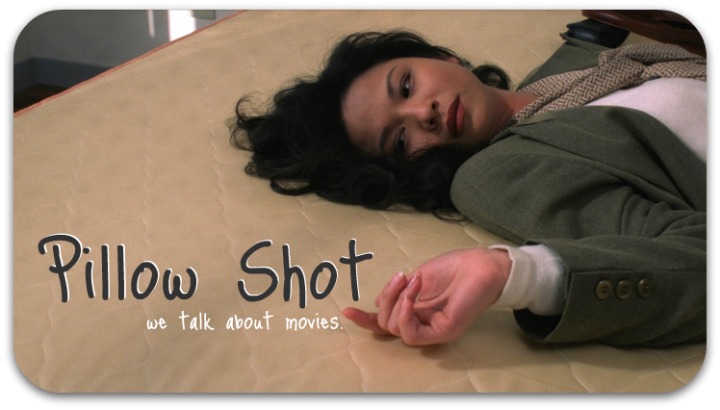 Audience members fleeing the first public screenings of L'Arrivée d'un Train à la Ciotat (1895) in fear of being crushed by the “oncoming train." Although this may be one of the many apocryphal stories of film history, it does capture certain essential notions in thinking about the time period.
Audience members fleeing the first public screenings of L'Arrivée d'un Train à la Ciotat (1895) in fear of being crushed by the “oncoming train." Although this may be one of the many apocryphal stories of film history, it does capture certain essential notions in thinking about the time period.The blending of documentary and fiction (or narrative) is particularly interesting. The Lumière brothers’ actualité, may possess certain qualities of documentary (recording events “as they happen”), but, in actuality, it was preplanned and includes staged elements. For one, many of the people onscreen are actors; the Lumières often used family members and employees in their films.
Still, at the time, it should be said that the audiences experiencing the Lumière films were greatly enthralled by the mechanical aspect—the filmmaking technology itself. Therefore, the presentation of well-developed narrative in film is a capacity that developed later on. In the beginning, audiences marveled at the way in which film reproduced naturalistic elements, like the rustling of leaves in the wind.
In effect, the shared presence of (what are now considered) oppositional modes of film recording is an interesting reminder of the myriad possibilities that were available to the filmmakers pioneering the process. And, in fact, suggests that two modes are inextricable, rather than contradictory, in each film that is made.
Films that would follow, like Nanook of the North (1922) and In Vanda’s Room (2000), explore the relationship between the two modes in their own contexts. Godard famously referred to Breathless (1960) as, “a documentary on Jean Seberg and Jean-Paul Belmondo.”
In this way, L'Arrivée d'un Train à la Ciotat, captured a thrill present behind the camera, as well as in front of it. Witnessing the making of filmmaking, in a sense, and, consequently, the manifestation of an art capable of telling stories and documenting history unlike anything before it.
